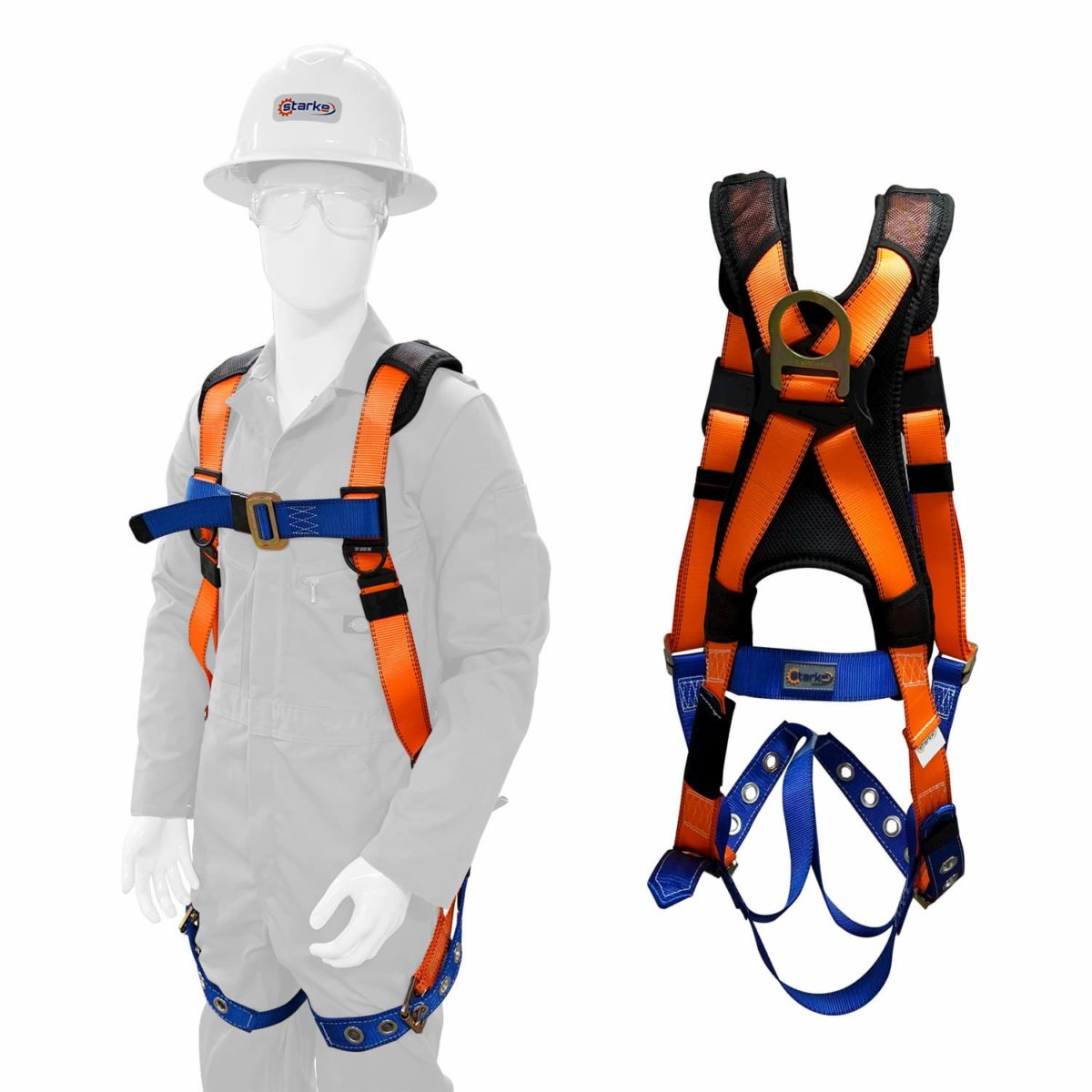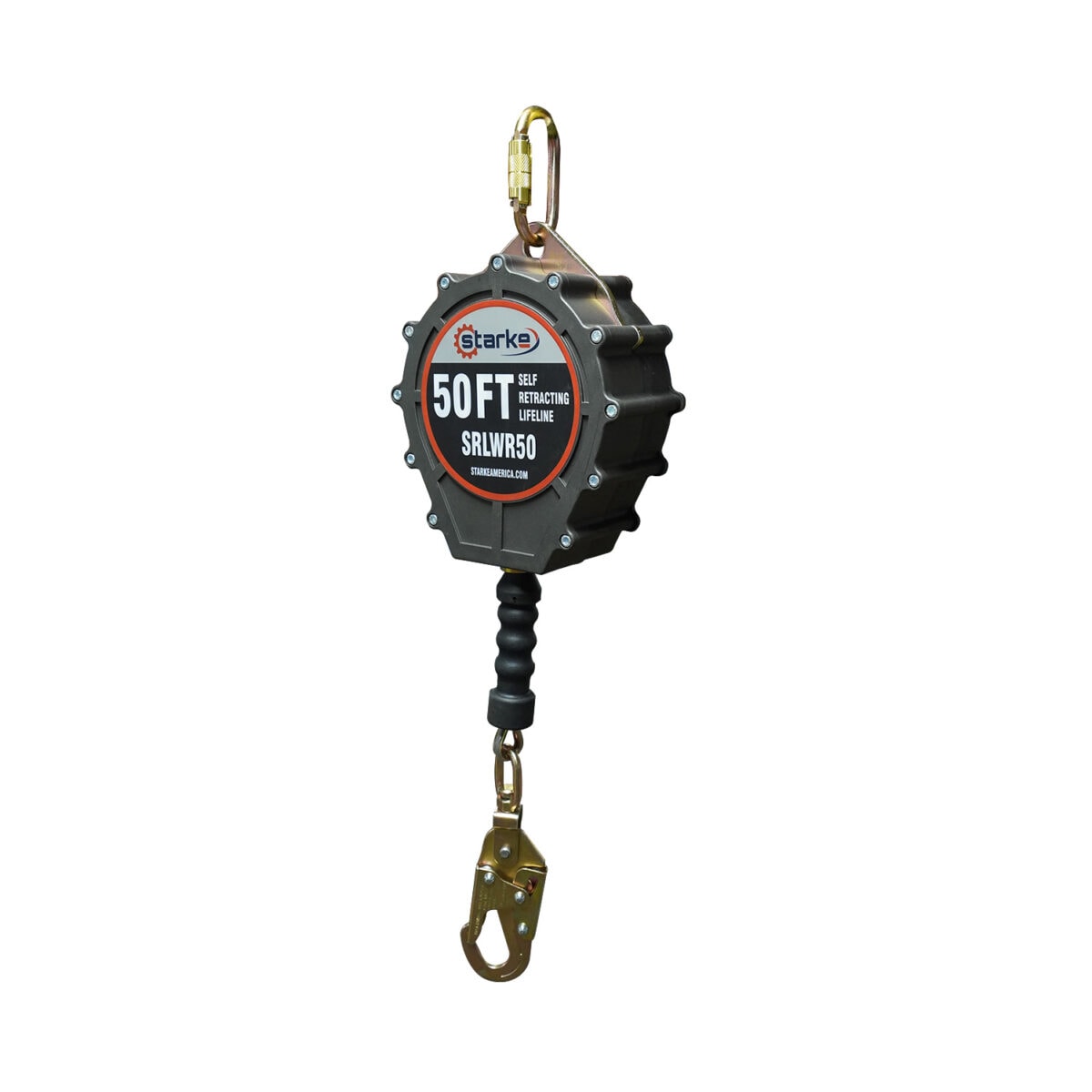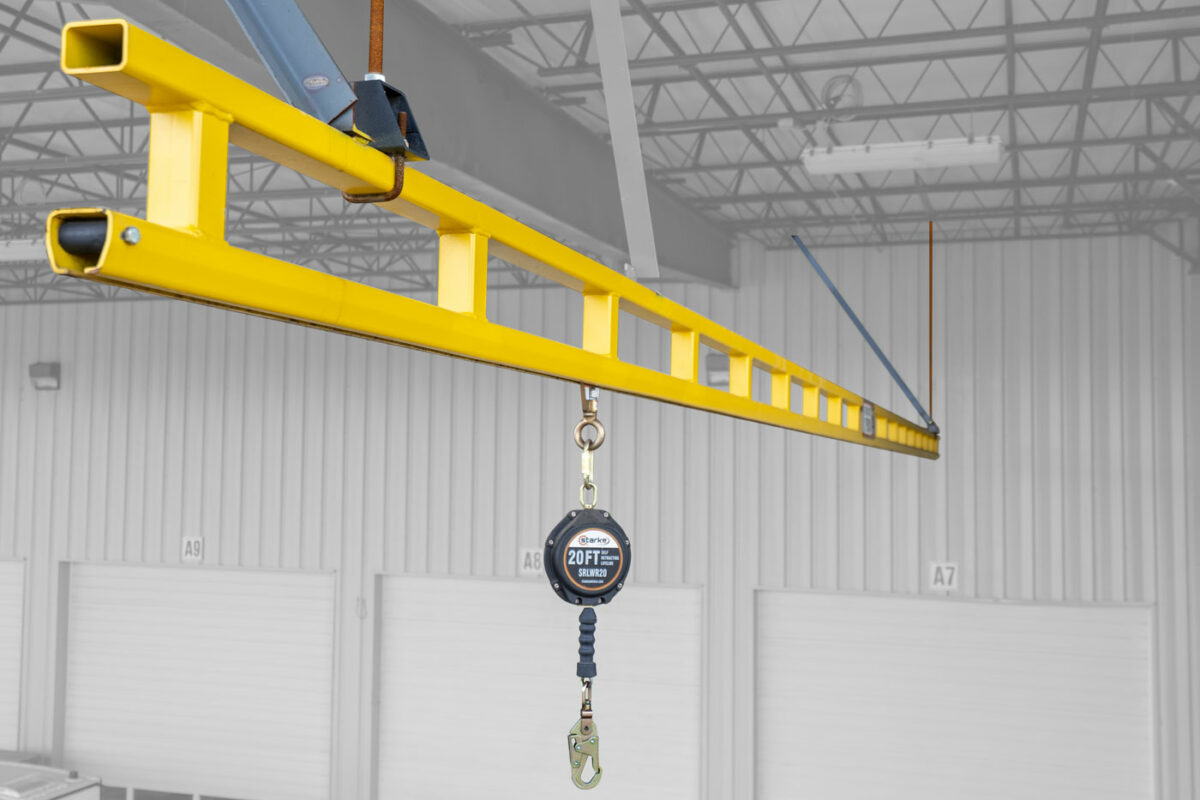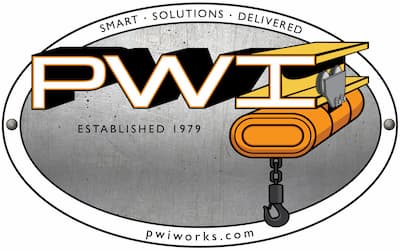Don’t be fooled into thinking that fall protection and fall prevention are the same things. While used interchangeably, they are both crucial elements that combine to ensure safety in the workplace.
You would be excused for thinking that fall protection and fall prevention are the same. After all, they are two terms that are often used interchangeably.
Even the OSHA guidelines do it!
They define Fall Protection as “any equipment, device, or system that prevents a worker from falling from an elevation or mitigates the effects of such a fall.”
Understanding the difference between these two terms will enable you to create a complete solution that avoids and minimizes the risk of injury from a fall in your work area.
The best approach is to have a proactive rather than reactive mindset.
What Is Fall Protection?
Fall protection involves providing employees with sufficient safety equipment to minimize the risk of injury in the case of a fall.
Fall prevention should always be the number one consideration, but fall protection equipment is necessary in high-risk situations where the risk of falling cannot be removed. This equipment effectively creates a lifeline system that anchors the worker to a solid object.
Examples of Fall Protection

Harness: A full-body harness is an item of “personal” fall arrest protection that has several D rings placed strategically for different purposes. Only the back D ring is to be used for fall protection.
The other D ring attachment positions do not constitute sufficient protection and are instead to aid in work that requires maneuvering, or in a safety rescue situation.

Lanyard: A length of fully flexible rope/strap with secure connectors on either side. It operates as a deceleration device in the event of a fall. Different versions are available to suit multiple purposes like shock-absorbing to provide a smoother deceleration, with options in synthetic rope or webbing that provide different levels of shock absorption.
Lanyards must always be used in their full length and can never be tied to reduce their length as this will severely reduce their effectiveness and strength.

- Self-Retracting Lanyard: An SRL eliminates slack by behaving in the same way as a seatpost. Slack can be let out or taken up, but in the event of a sudden movement, the device will lock.
- Anchor Point: This is the secure anchor point for deceleration devices such as lanyards. They can be installed as temporary or permanent fixtures, but always attached to a solid structure.
Permanent anchor points must be designed and installed by a registered professional.
What Is Fall Prevention?
Fall prevention is a category of equipment and structures designed to greatly reduce the chance of a fall occurring. They are a passive measure that protects workers from an unprotected edge.
While fall protection is hugely important—and the only option in some instances—fall prevention needs to be the primary concern for plant managers. It is significantly more beneficial for workspace productivity, and safety to proactively implement fall protection measures than wait for an incident to occur.
PWIs experts are available to assist you in creating a fall protection consultation for your work site.
Examples of Fall Prevention

Guardrails: As one of the key components in fall prevention, guardrails are installed along all open sides and ends of platforms. A standard system will consist of a top rail, an intermediate (or middle) rail, and a 4” toekick. These are secured to vertical support posts. Screens, mesh, or balusters can be added to increase security. Guardrails are also mandated on all scaffolding.

Stairways: If the elevation difference between levels of work is more than 19” and is a regularly traveled path, a stairway is required. It also requires stair rails to be installed as a barrier. Handrail, stair rail, and guard rail systems all need to be provided.

- Platforms: Current OSHA standards establish a maximum limit of 30 feet between platforms. The platforms are often used with scaffolding and fixed ladders. If a ladder is used in excess of 20 feet, a safety cage or well must be installed. Platforms must be capable of supporting a load of 100 pounds per square foot and needs to be equipped with OSHA-compliant guardrails.
- Netting: Safety nets shall be installed as close to the underside of the work surface as possible (never more than 25’ below) and only 8” beyond the edge where employees are exposed. Safety nets are only required when the use of ladders, scaffolds, catch platforms, temporary floors, safety lines, or safety belts is impractical.
All safety nets will have to undergo impact testing before they are approved for use.
- Harness/lanyard: A harness and lanyard combination are generally considered fall protection equipment, but when a risk of falling cannot be eliminated with conventional methods like guardrails, a harness and lanyard are used.
This means that in a situation where no other form of fall prevention is suitable, such as the installation of guard rails or netting, a harness/lanyard must be used.
Lanyard hooks require two actions to open and are self-closing so the hook cannot open accidentally. Another benefit is that the harness—with its multiple attachments—also allows for specialized functions like travel restraint, positioning, suspension, and rescue.
How Do I Know If I Need Fall Protection or Prevention?
Fall protection is an OSHA requirement for work above 4 feet from ground level in general industry, 5 feet in maritime, and 6 feet in construction. Construction sites do have some caveats that defer this requirement until:
- 10 feet above the lower level on scaffolding
- 15 feet for persons involved in steel erection activities
- 24 feet on a fixed ladder or rebar assembly
In the construction industry especially, falls are the leading cause of death and so it’s crucial to implement strict measures and practices to dramatically reduce this risk. Even falling from a height of 4-6’ can result in prolonged time away from work so it is in everyone’s interest to take fall protection and prevention seriously.
Analyze the Area
The first step in fall protection and prevention comes in an analysis of the hazards in your jobsite. Then you can begin to determine what are the best solutions for your site.
In many instances, the solutions to reduce the chances of a worker falling are relatively simple and even inexpensive. The cost is always insignificant when compared with the consequences of not having a sufficient fall protection and prevention system in place. Either through injury, consequential delays to production, or failing audits, the financial cost can spiral if you do not take proactive measures.
Let Us Help

PWI has years of experience in designing, fabricating, and installing fall prevention and protection systems for manufacturers across the United States. With our broad understanding of all different working environments, we can help create the best solution for your specific needs.
Call (574) 646-2015 to talk to a fall protection expert or submit a request for a quote and one of our team members will reach out to you.


![New Construction vs Mezzanine [PDF]](https://pwiworks.com/wp-content/uploads/new-construction-vs-mezzanine-pdf-464x600.jpg)